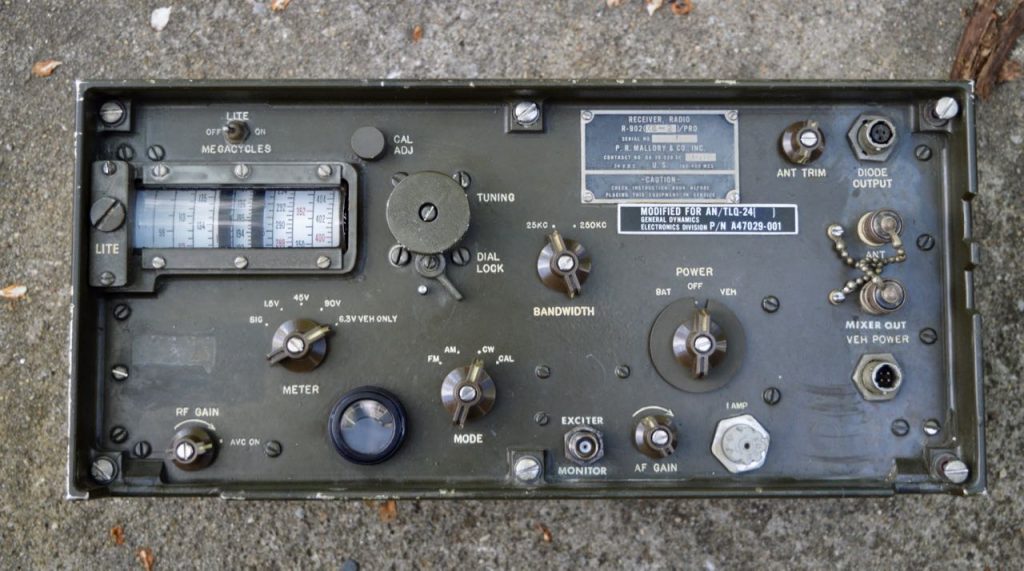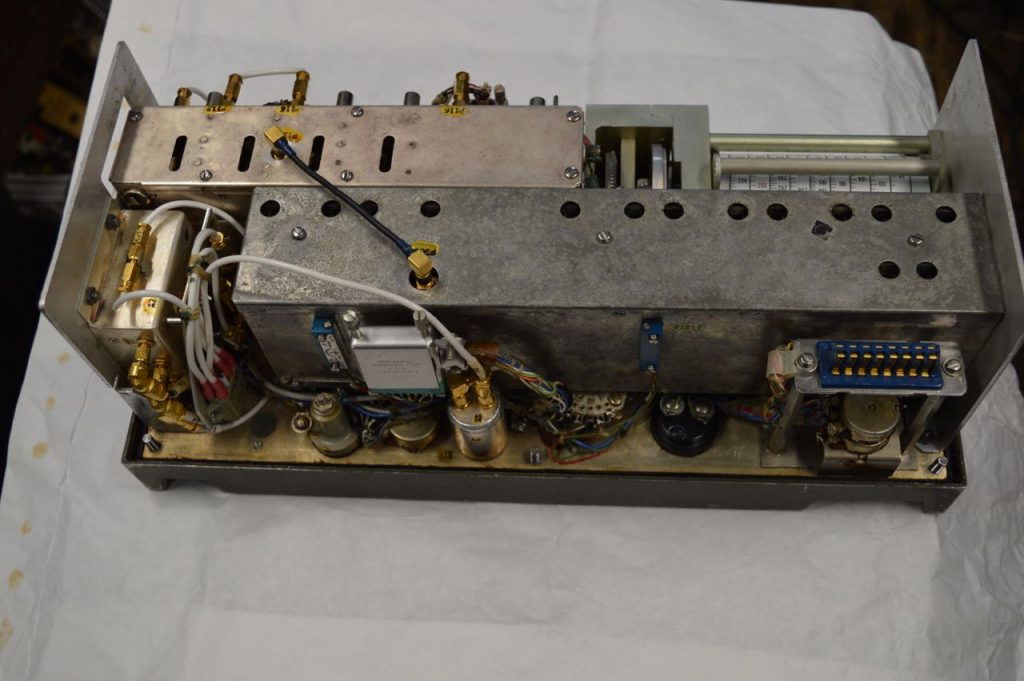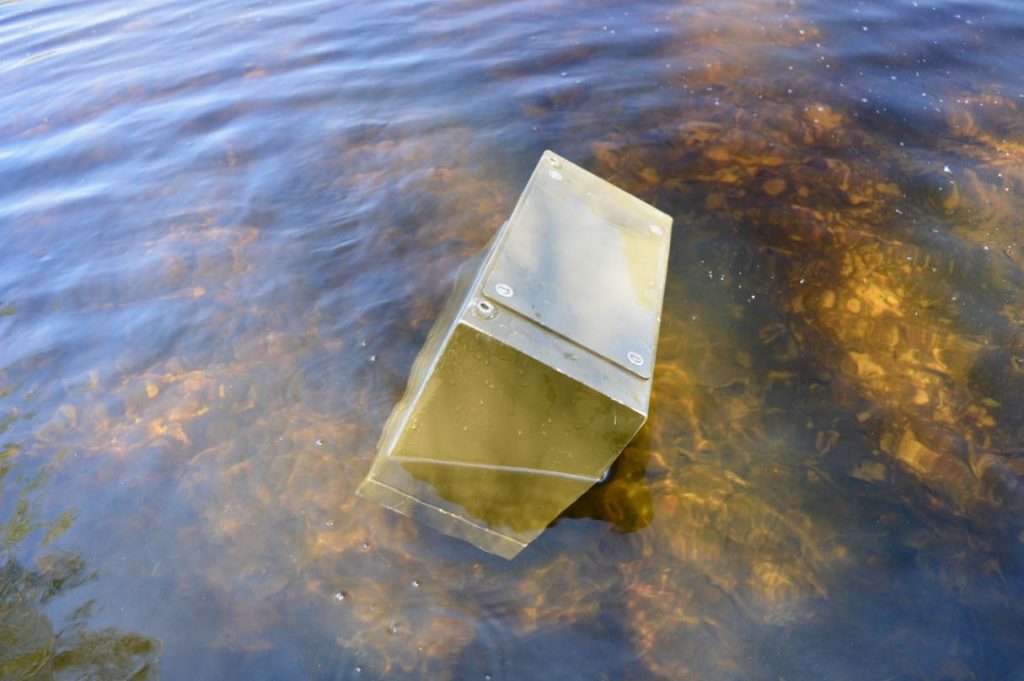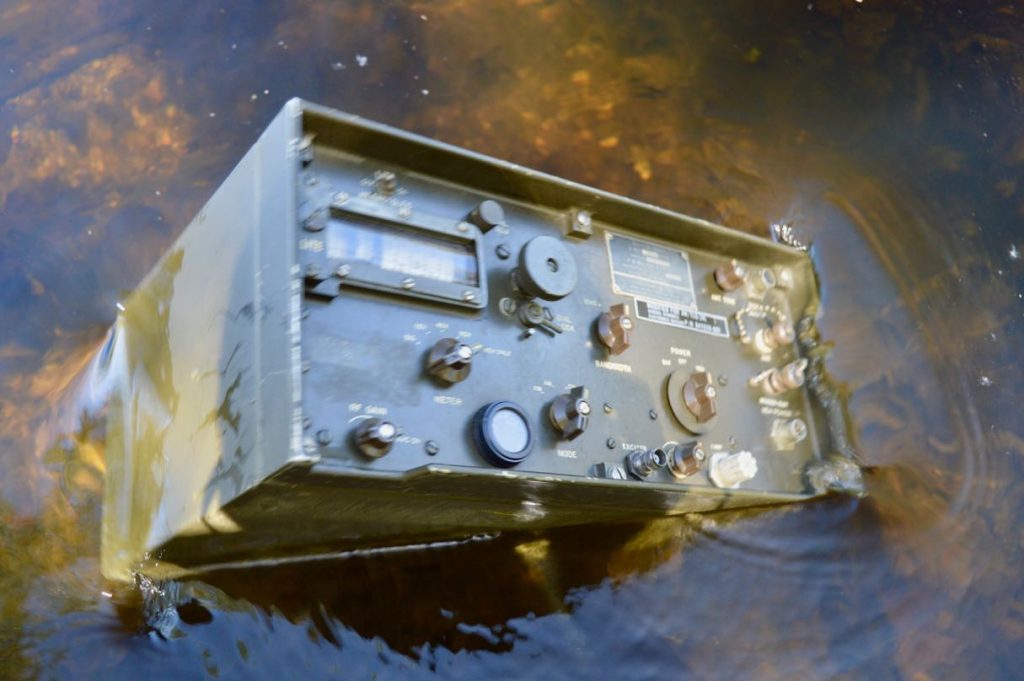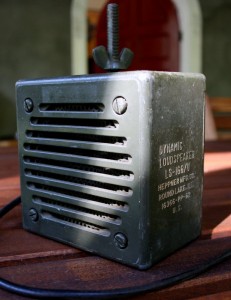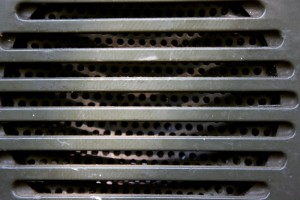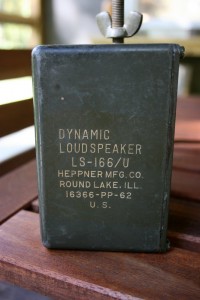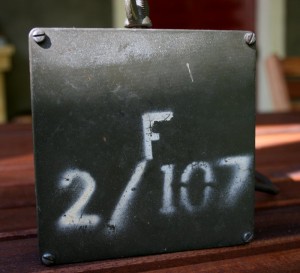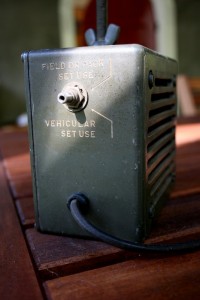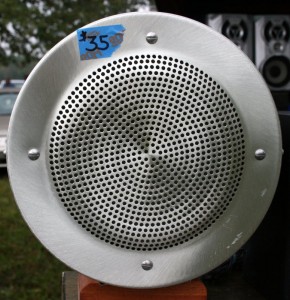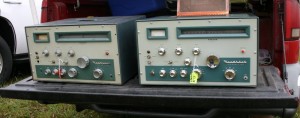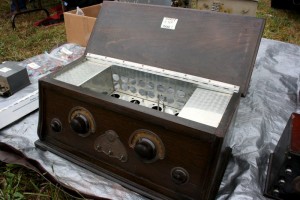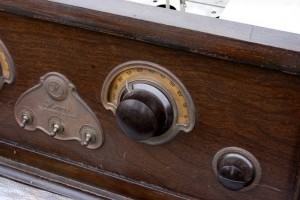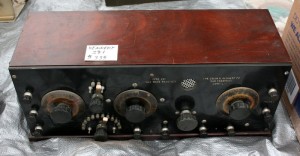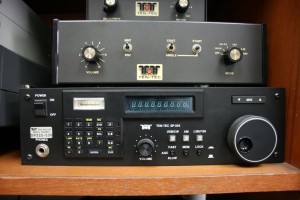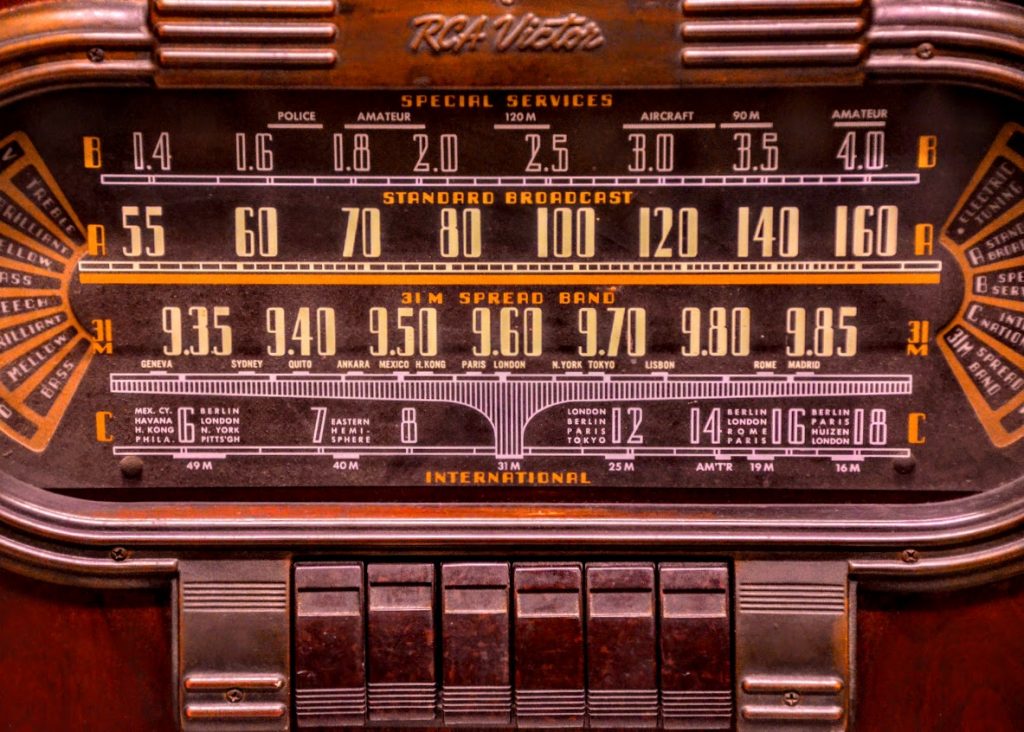 Radio Waves: Stories Making Waves in the World of Radio
Radio Waves: Stories Making Waves in the World of Radio
Because I keep my ear to the waves, as well as receive many tips from others who do the same, I find myself privy to radio-related stories that might interest SWLing Post readers. To that end: Welcome to the SWLing Post’sRadio Waves, a collection of links to interesting stories making waves in the world of radio. Enjoy!
Many thanks to SWLing Post contributors Pete Eaton and Bill Patalon for the following tips:
The Rich History of Birmingham’s Black Radio Museum (Birmingham Times)
The Birmingham Black Radio Museum (BBRM) began as a project for Bob Friedman in 1992 to commemorate the first 50 years of a single radio station, 1400 WJLD-AM, and it grew to chronicle black radio in the Magic City.
After moving to Birmingham from his native New York City, N.Y., in 1987, Friedman worked at WJLD, where he started a 1950s vocal-group harmony show in April 1989 and later began a Saturday morning talk show, “Sound Off.” About two and a half years into his 22-year tenure at WJLD, he asked to produce a retrospective about the station’s first half century.
“I put together a pamphlet [about the station] and got people to buy ad space in it,” he recalled. “I also had a Saturday morning show, so I could promote it.”
Friedman, BBRM Founder and Director, recorded interviews with on-air personalities, including Ed “Johnny Jive” McClure, Jesse Champion Sr., and Lewis White.
“I started learning about this unbelievable history of black radio in Birmingham,” Friedman said. “And that sent me on a track, so that even though I left WJLD in 2011, I had already incorporated the BBRM.”
The museum, largely based online at www.bbrm.org, tells of stations that include WJLD, WENN, WAGG, WSGN, and Bessemer’s WBCO. Personalities include but are not limited to legends Dr. Shelley Stewart, Paul “Tall Paul” White, Willie McKinstry, the Rev. Dr. Erskine Faush, and Roy Wood Sr. The physical home is inside the Alabama Jazz Hall of Fame in the Carver Theater, which is currently closed for repairs.[…]
All Band Radio Uses Arduino and SI4730 (Hackaday)
It is getting harder and harder to tell homemade projects from commercial ones. A good case in point is [Mirko’s] all band radio which you can see in the video below the break. On the outside, it has a good looking case. On the inside, it uses a Si4730 radio which has excellent performance that would be hard to get with discrete components.
The chip contains two RF strips with AGC, built-in converters to go from analog to digital and back and also has a DSP onboard. The chip will do FM 64 to 108 MHz and can demodulate AM signals ranging from 153 kHz to 279 kHz, 520 kHz to 1.71 MHz, and 2.3 MHz to 26.1 MHz. It can even read RDS and RBDS for station information. The output can be digital (in several formats) or analog.
The radio takes serial (I2C) commands, and the Arduino converts the user interface so that you can control it. The chip comes in several flavors, each with slightly different features. For example, the Si4731 and Si4735 have the RDS/RBDS decoder, and the shortwave mode is available on Si4734 and Si4735.[…]
Fitting 19th Century technology into 21st Century warfighting (DVIDS)
CAMP LEJEUNE, N.C. (Feb. 7, 2020)— U.S. Marines with Information Group, II Marine Expeditionary Force (II MIG) participated in a HAM Amateur Radio General Licensing Course as part of the group’s High Frequency Auxiliary Initiative on base, Jan. 27-31, 2020.
The course, taught by members of the Brightleaf Amateur Radio Club, out of Greenville, N.C., helps Marines learn the principles of high frequency radio operations as a contingency against a peer-to-peer adversary in real-world operations.
Throughout the duration of the course, Marines learned HAM radio frequency and propagation theory, frequency band allocation, conventional and field-expedient antenna theory in addition to HAM radio operations and control.
U.S. Marine Corps Col. Jordan Walzer, commanding officer of II MIG, created the High Frequency Auxiliary Initiative after recognizing the need for utilizing more options in a combat environment. He wanted the Marines to familiarize themselves with older technology to ensure their lethality in any situation.
“Embracing technology is great but overreliance leaves us vulnerable,” Walzer said. “In a peer-to-peer conflict, our space-based capabilities will be attacked. The next war will look less like ‘Saving Private Ryan’ and a lot more like ‘Ghost Fleet’.”
Contrary to Saving Private Ryan, which was fought utilizing traditional land-based maneuver warfare, Ghost Fleet is a book set in the near future and includes the addition of space and cyber warfare.
So wars of the past were fought in the air, on land and at sea, whereas future wars will likely include the addition of space warfare, explained Walzer. U.S. forces need to create a cohesion of modern technology and analog throwbacks to mitigate hackers and drones.
HAM radios make effective alternate communication because they do not rely on satellites or internet, but instead, radio waves. They can travel directly or indirectly, along the ground or by bouncing the radio waves off of the ionosphere or troposphere layers of the atmosphere to communicate.
“Right now, our adversaries are aggressively pursuing counter-space weapons to target our satellites and ground stations,” Walzer said. “If our satellites get knocked out, what do we do then? [High Frequency] radio has been around for well over a century and is still used today. Why? Because it’s a reliable, low-cost alternative to satellite communications. With the right training and education, a Marine with a radio and some slash wire can communicate over-the-horizon for long distances, even between continents.”
HAM radios, also known as amateur radios, are communication devices created in the late 1800s. Depending how much an individual is willing to spend on equipment, someone can talk to others across town or across the world, all without the need for an internet connection. Although most people use HAM radios as a hobby, II MIG views them as potential lifelines in a highly contested environment.
There are three courses taught on HAM radios by the Brightleaf Amateur Radio Club. The entry level class is called the technicians course, which gives people frequency privileges in very high frequency (VHF) and ultra-high frequency (UHF) bands and some privileges in the high frequency range. A frequency privilege is just another meaning for permission to use a specific frequency. The HAM Amateur Radio General Licensing Course is the intermediate level course, which allows spectrum privileges on almost all spectrums that the government gives amateur radio operators. The expert class license, also called Extra Class, gives users full privilege on any frequencies allocated to HAM radios.
“I think the course was very informative,” said Sgt. Matthew Griffith, an intelligence surveillance reconnaissance systems engineer with 2nd Radio Battalion, II MIG. “It’s good to learn the things that make our equipment work. In my area of this field we use the equipment but don’t [always] know how the equipment works on the inside, which sometimes makes it harder to troubleshoot if a problem arises. Leaving the course with this knowledge will be invaluable for my Marines and me in the future.”
Dave Wood, the president of the Brightleaf Amateur Radio Club and instructor of the course, plans to conduct the first expert level course in the future after enough Marines have graduated from the intermediate course. The club plans to host the next entry level course during the summer of 2020 and train more Marines.
“The volunteers who make up our High Frequency Auxiliary are absolutely vital to us building a world-class capability,” Walzer said. “We’re drastically improving our skill by pairing experts with Marines who have a passion for HAM radio. They may not wear the uniform, but they’re American patriots serving our country in a different way.”
Whether the next conflict is fought in air, on land, at sea, or in space, one thing is clear; Marines will adapt to face those threats whether it is with the technology of today or equipment of the past.[…]
Oakland Athletics off the radio waves in the Bay Area, commit to A’s Cast stream (The Mercury News)
The Oakland Athletics will not broadcast games over radio
The Oakland Athletics, who have led a nomadic existence on the Bay Area airwaves, pulled the plug on radio Tuesday, announcing that games will be available only online.
The A’s could have returned to KTRB, the station they teamed with just before the start of last season after an ugly split with 95.7 The Game, but instead chose to expand their use of a streaming service called TuneIn. The team launched A’s Cast on the service last season
Though the method of delivery is different, the voices are not. Ken Korach will return for his 25th season in the broadcast booth alongside Vince Cotroneo. (The team will continue to carry Spanish-language broadcasts on KIQI AND KATD.)
“There’s going to be some frustration because it’s something new,” said Cotroneo, who will mark his 15th season with the A’s. “It involves an education, downloading, and an additional step in what they are accustomed to basically their entire lives. Hopefully, it’s not difficult to get the product.”
The A’s say they are betting on a more tech-savvy generation. They planned to pursue an all-digital approach last season before the KTRB deal emerged . KTRB was the team’s 12th radio home since its arrival in 1968, and the fifth since 2000.[…]
Do you enjoy the SWLing Post?
Please consider supporting us via Patreon or our Coffee Fund!
Your support makes articles like this one possible. Thank you!



